Addressing systemic issues through art
Concordia professor curates historical exhibition of Black Canadian works.

Joana Joachim was still a student when the idea first came to her for a project highlighting Black Canadian art history. While doing her master’s in museum studies at Université de Montréal, she took part in a group residency at Artexte, an arts organization in downtown Montreal. The students developed a bibliography for Black and Asian Canadian art, in response to how those groups have faced exclusion from historically Eurocentric art institutions.
“I had the distinct feeling that we had only just scratched the surface, and I tucked that in the back of my mind as a thing to revisit someday.” She is now doing just that with Blackity, an exhibition that traces the major moments – and, importantly, gaps – in the story of Black artists in Canada. It launched at Artexte in September and will run until the end of June.
Dr. Joachim, who was recently appointed assistant professor of Black studies at Concordia University in art education, art history, and social justice, said the willingness of Artexte to address systemic issues in the art world was important to the genesis of Blackity. “That set the tone for me as a curator and art historian,” she said.
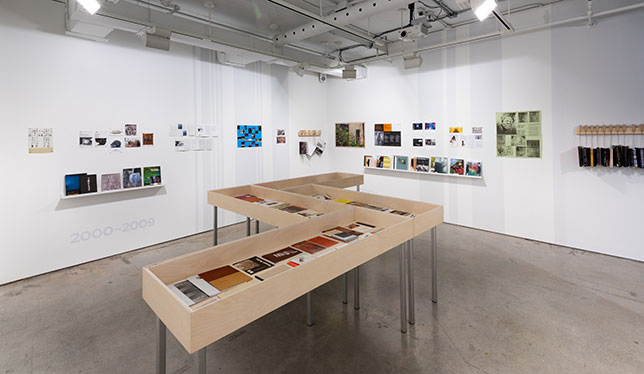
The exhibit makes thoughtful use of what’s known as ephemera: items created for a specific purpose that weren’t necessarily meant to last, such as a pamphlet or admission ticket. Ephemera is crucial, Dr. Joachim explained, because even with a lack of institutional recognition, it serves as evidence of what took place. Viewers will find things like a poster for a show of Tim Whiten, slides of sculpture art by Stan Douglas, and literary journals with work from Dionne Brand and Sylvia Hamilton.
Items date back to the 1970s, when the archive was more sparse, and run up until the past decade, which had plenty to draw from. To physically show these gaps, Dr. Joachim had vertical bands painted on the walls of the exhibition space, their thickness representing how much was available – or widely recognized – at the time. She chose large letters for some text, in a faint grey shade; symbolizing how Black Canadian artists have always been present and influential, but haven’t always been treated as such.
Dr. Joachim worked closely with Mojeanne Behzadi, who currently works in her previous role at Artexte. Ms. Behzadi brought in artists to paint the grey bands, and commissioned web developer Alex Nawotka of Mutual Design for the online exhibition. What she finds most impactful about Blackity is how it reminds us of the importance in documenting diverse experiences. “This great show you saw that nobody wrote on, it can end up disappearing very easily. I love that [Blackity] asks us to do something in response to that.” She described the exhibition as “a visualized bibliography” of Dr. Joachim’s work, something researchers can actively use and reference.
There are a few pieces that stood out to Dr. Joachim, some for their quirkiness, like the small plastic bull someone catalogued in a plastic bag – proof that you never know what’s going to be important later. But there’s one, a 1993 catalogue with mention of the artist Khadejha McCall, that hit close to the mission behind Blackity. McCall had been exhibiting work since 1967, but Dr. Joachim found just one sentence of critical writing about her in the archive. It’s a stark example of Ms. Behzadi’s sentiment; if meaningful work is not properly engaged with, it can go too long without recognition.
In the exhibition description, Dr. Joachim wrote that she strives to represent the history of Black Canadian art as “a constellation rather than a linear canon.” By letting go of the timeline format, “we end up with these seemingly disparate pockets of art-making, which are connected.” she said. “We end up with something that allows us to understand people and history and the spaces they occupy in a much more textured, nuanced way.”
Featured Jobs
- Business – Lecturer or Assistant Professor, 2-year term (Strategic Management) McMaster University
- Canada Excellence Research Chair in Computational Social Science, AI, and Democracy (Associate or Full Professor)McGill University
- Psychology - Assistant Professor (Speech-Language Pathology)University of Victoria
- Veterinary Medicine - Faculty Position (Large Animal Internal Medicine) University of Saskatchewan




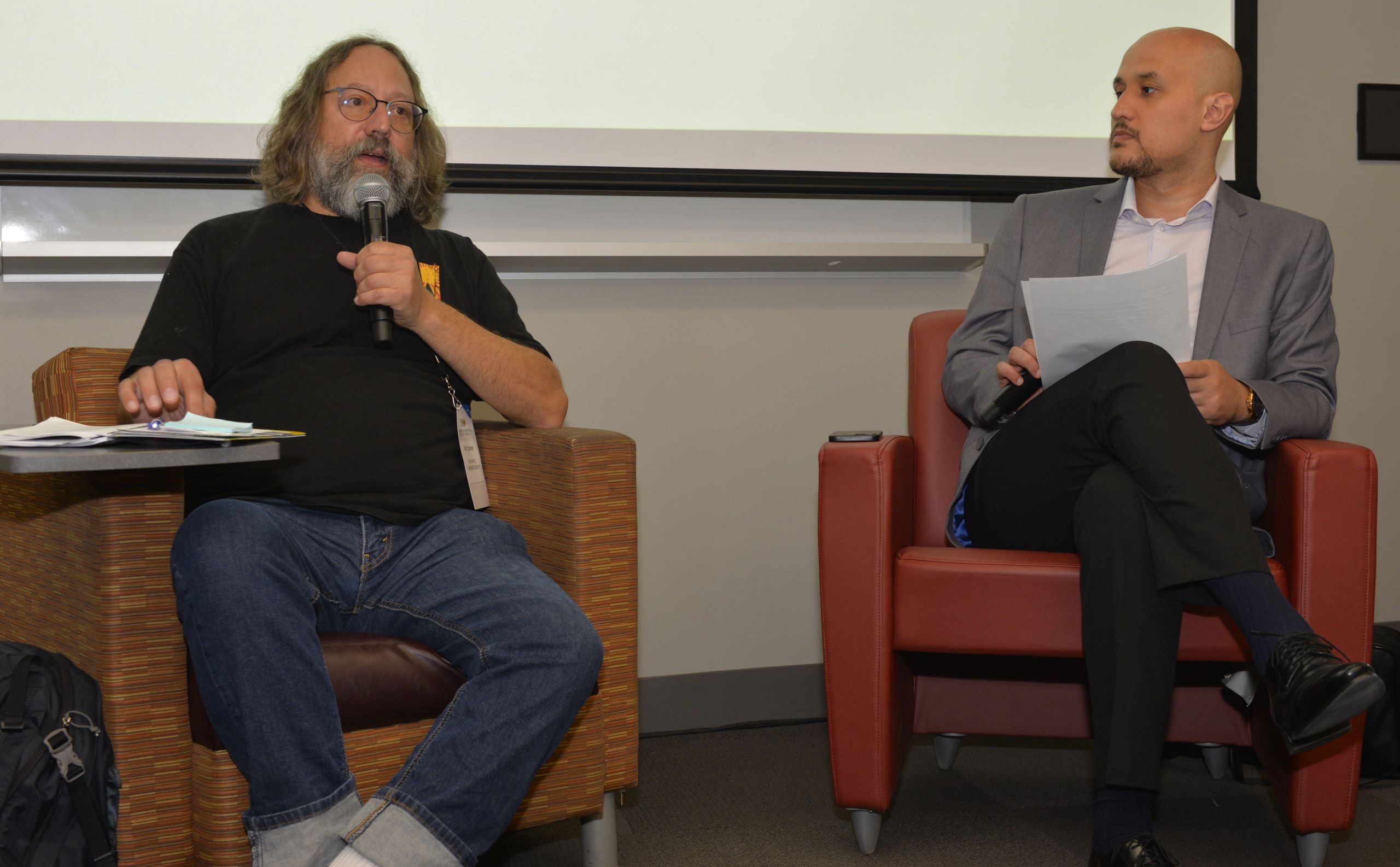
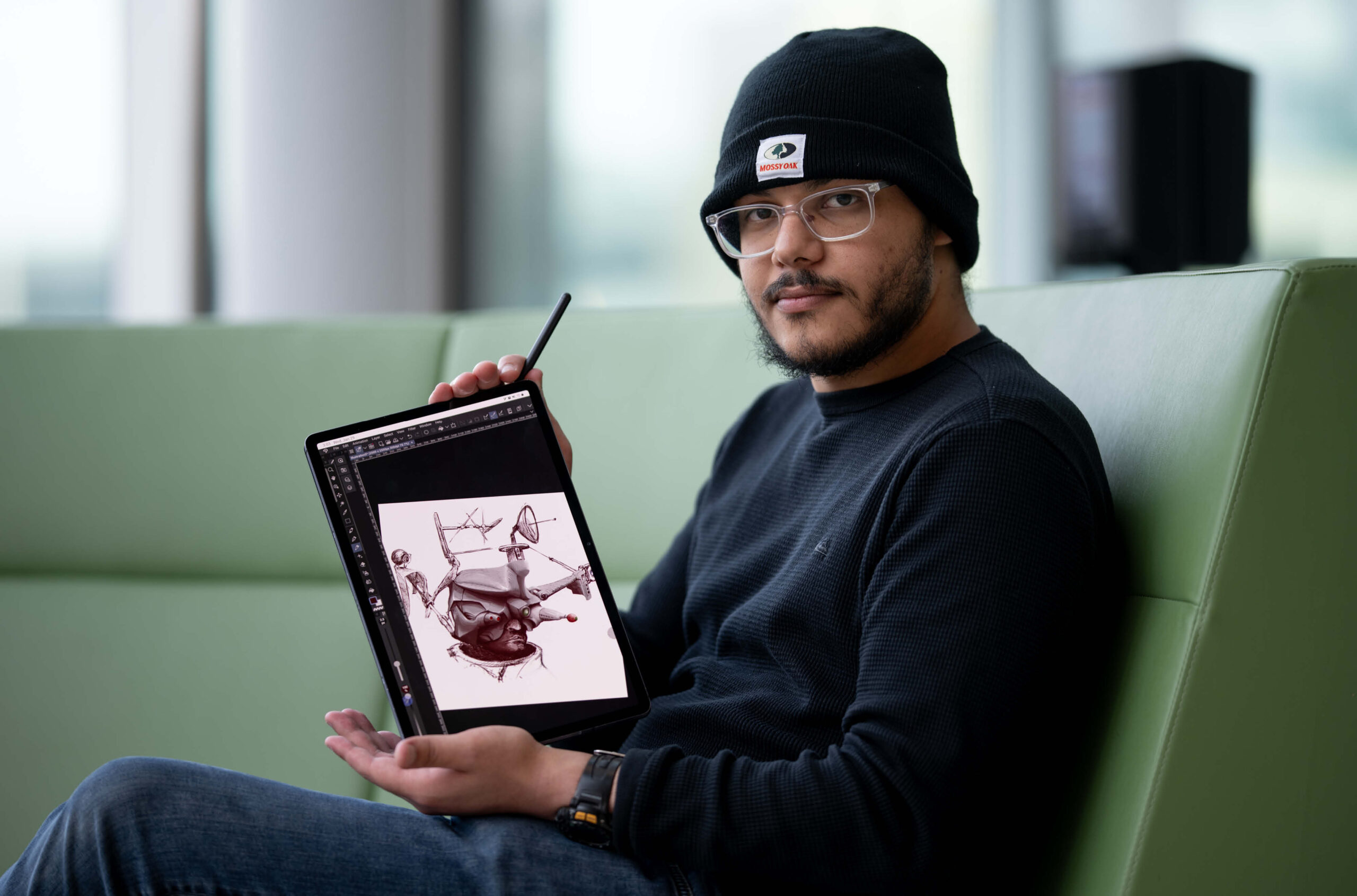
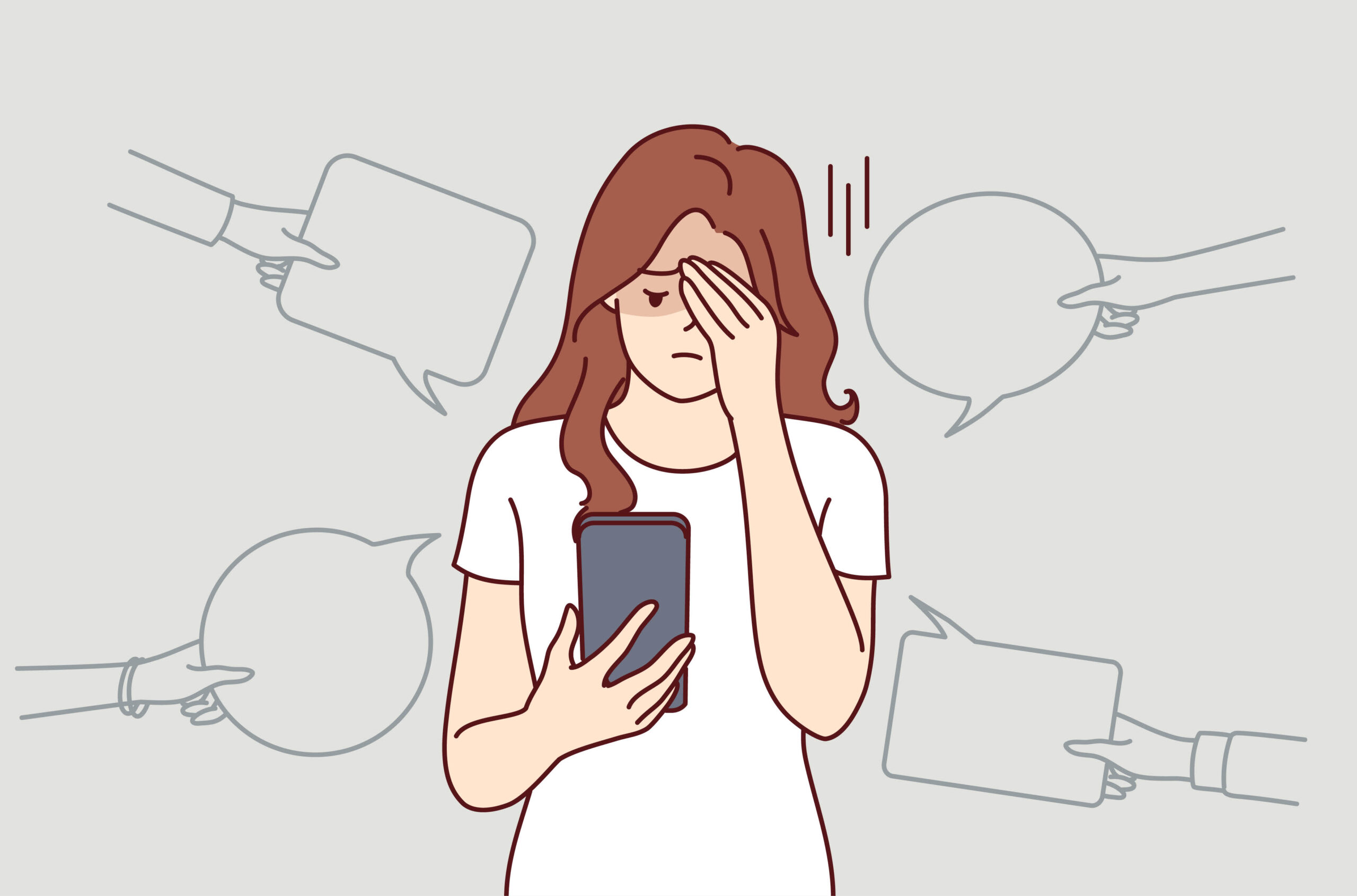

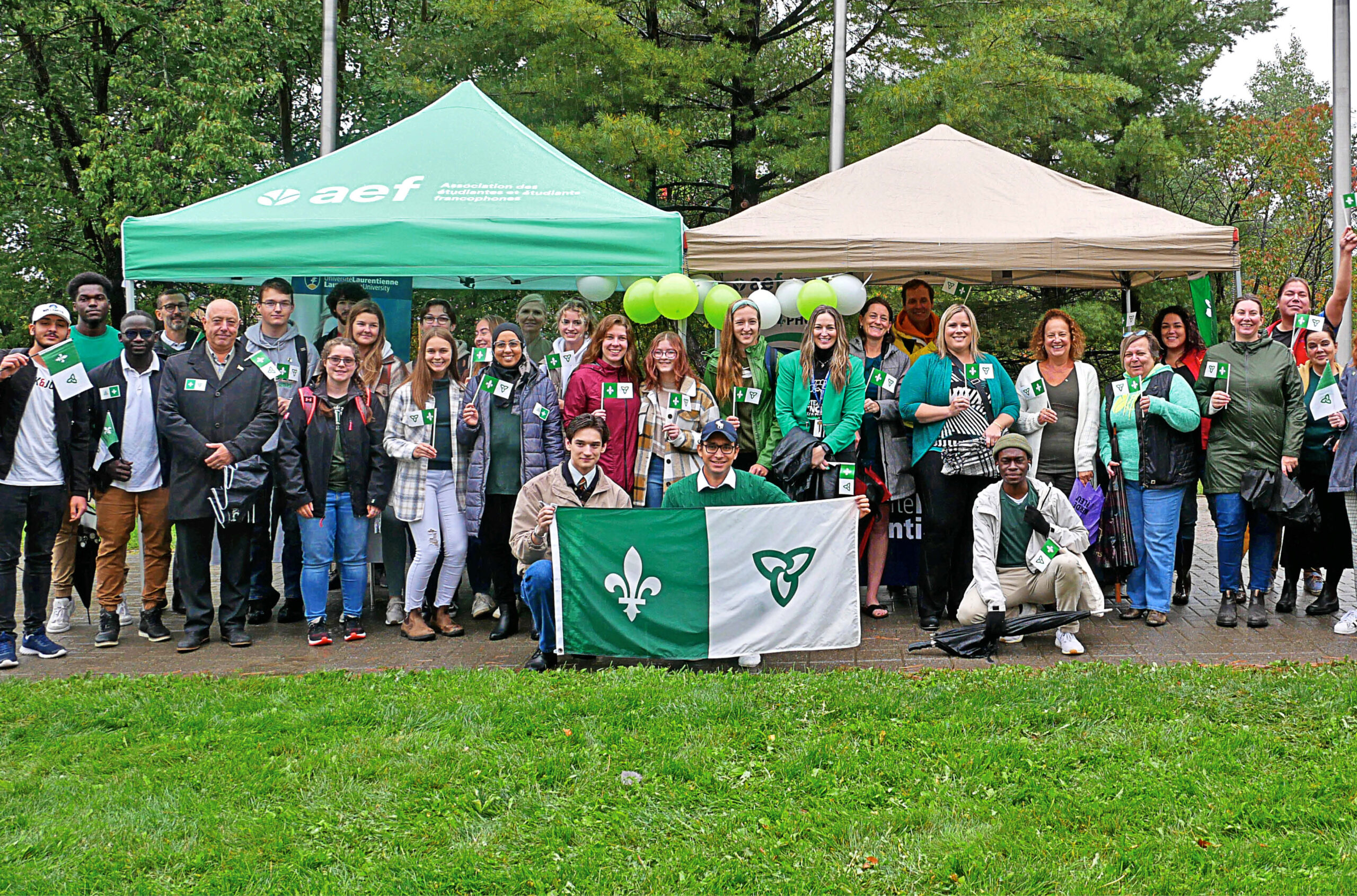
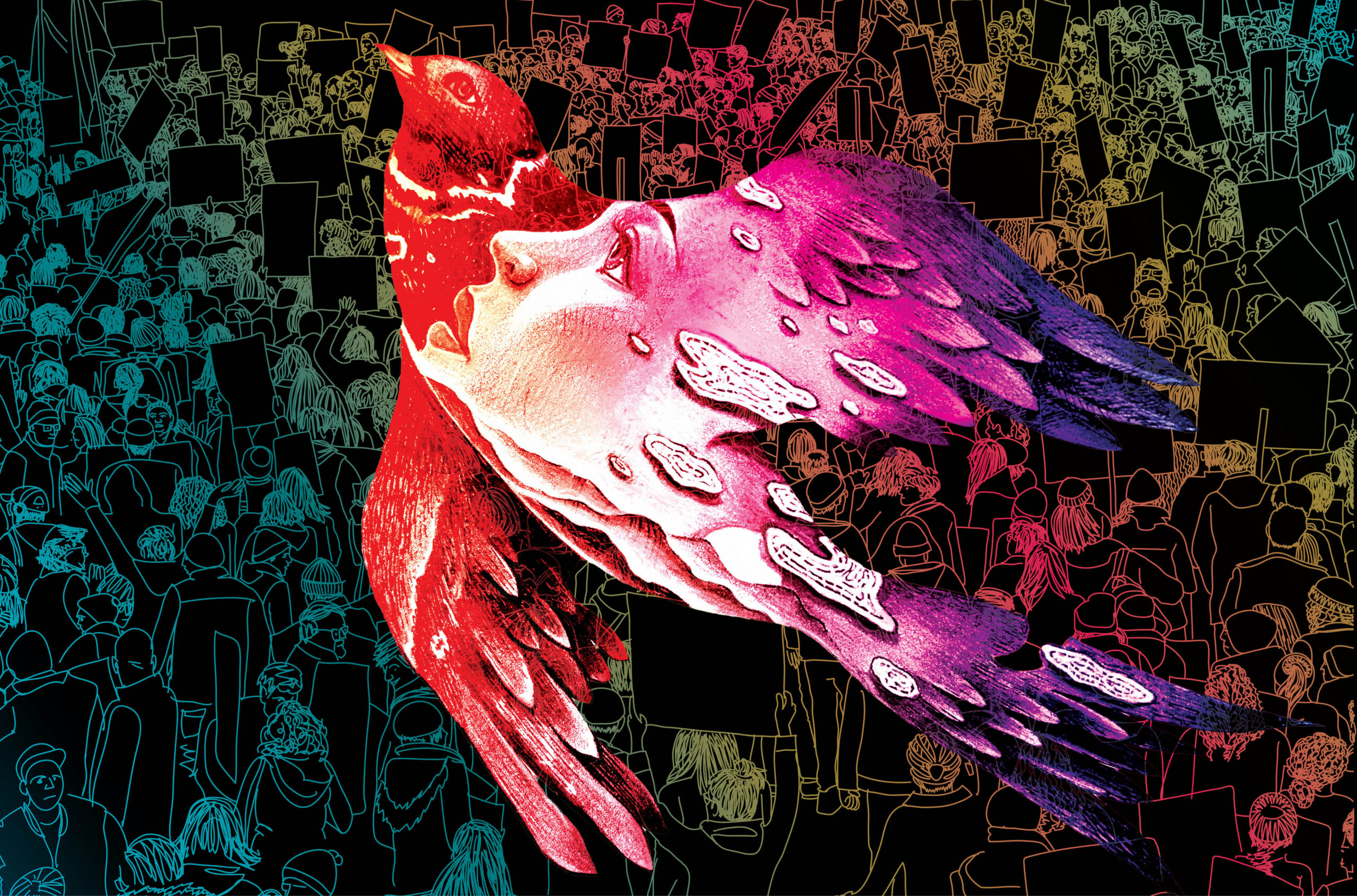



Post a comment
University Affairs moderates all comments according to the following guidelines. If approved, comments generally appear within one business day. We may republish particularly insightful remarks in our print edition or elsewhere.